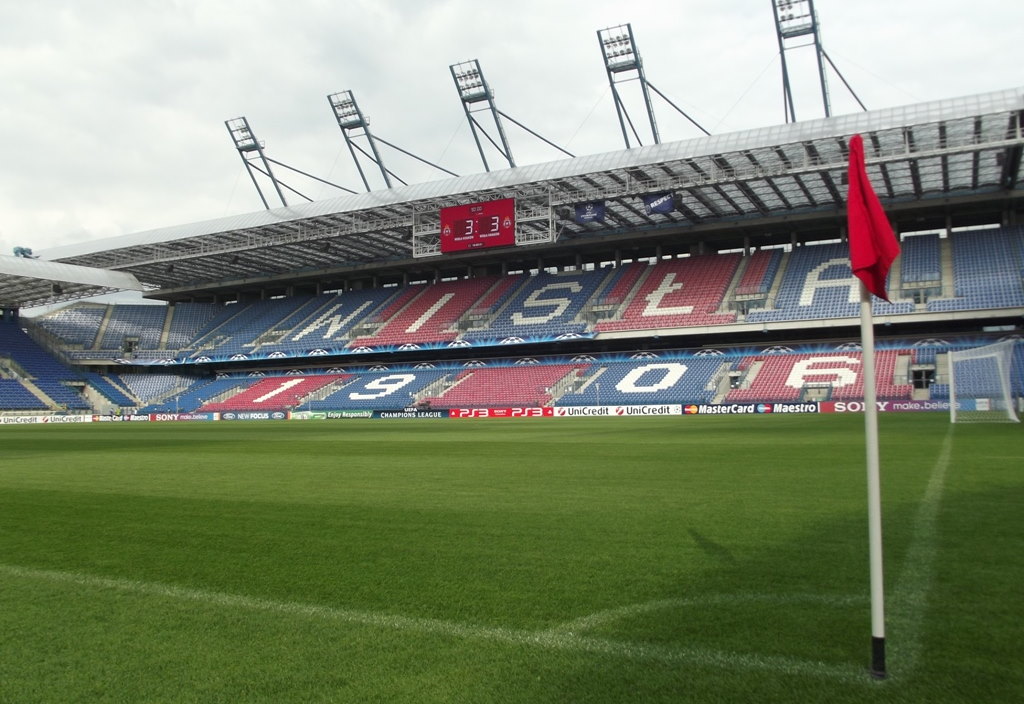
Key facts
Club: Wisła Kraków SA | Opening: 1953 | Capacity: 32,804
History and description
Stadion Miejski im. Henryka Reymana was built in 1953 on a plot of land next to Wisła’s old stadium. The stadium was then still oval-shaped and included an athletics track.
Stadion Miejski set its record attendance in 1976 when about 45,000 fans witnessed Wisła playing Celtic in the UEFA Cup.
In 1985, Wisła presented a redevelopment plan and went on to demolish the main stand. However, once demolished, the club lacked the funds to continue with the works, and for ten years the stadium remained without main stand.
The main stand was finally built in 1996. In the following years, the east stand underwent a major renovation, the running track was removed, and further temporary stands installed.
In 2004, Wisła once more presented plans for a complete redevelopment of the stadium. One year later construction of a new south stand started, which was based on plans that counted for a capacity of around 20,000.
However, when Poland got awarded the Euro 2012 tournament and Kraków was chosen as a reserve playing venue, plans were upgraded to a capacity of over 30,000 to comply with UEFA requirements.
Between 2005 and 2011, all stands were almost completely rebuilt, with works finally finished in October 2011.
In its first decades, the stadium was often referred to as Stadion Wisły. The stadium got officially renamed Stadion Miejski im. Henryka Reymana in 2008, in honour of a player and captain of the club between 1910 and 1933.
(photos of the present Stadion Miejski below)
How to get to Stadion Miejski
Stadion Miejski is located just west of Krakow’s historic city centre. The walk from the main Rynek market square will take about 20 minutes, from the outer city walls it only takes 10 minutes.
From the main railway station, which lies on the other side of the centre, the walk will take a little over half an hour. The alternative is to take tram 20. Get the tram from stop Teatr Słowackiego just south of the station in the direction of Cichy Kącik. After about 13 minutes get off at stop Reymana. The tram leaves about every 20 minutes.
From the airport, lying west of the city, take bus 208, which passes reasonably close to the stadium. Get off at stop Kawiory, and walk one block south. The ride takes about 30 minutes.
Address: l. Reymonta 22, 30-059 Kraków
Wisla Krakow Tickets
Ticket for Wisła matches can be bought online, or in person at the Fan Corner at the stadium.
Polish citizens need to have a Fan Card to be able to buy tickets, which can be obtained at the Fan Corner in just a few minutes. Foreigners should be able to buy a ticket with just an ID.
Tickets can also be bought on the gate on the day of the match, though the same Fan Card requirement applies.
Ticket prices range from PLN 15.00 for a few lower-corner seats to PLN 50.00 for a central seat at the main stand. For a few top matches prices are increased with PLN 10.00.
Email bilety@wisla.krakow.pl for more information.
Photos of Stadio Miejski
Useful Internet links
Wisla.krakow.pl – Official website of Wisła Kraków SA.
Krakow.pl – Tourist information for the city of Krakow.
Mpk.krakow.pl – Information about Krakow public transport.
Jakdojade.pl – Public transport journey planner.




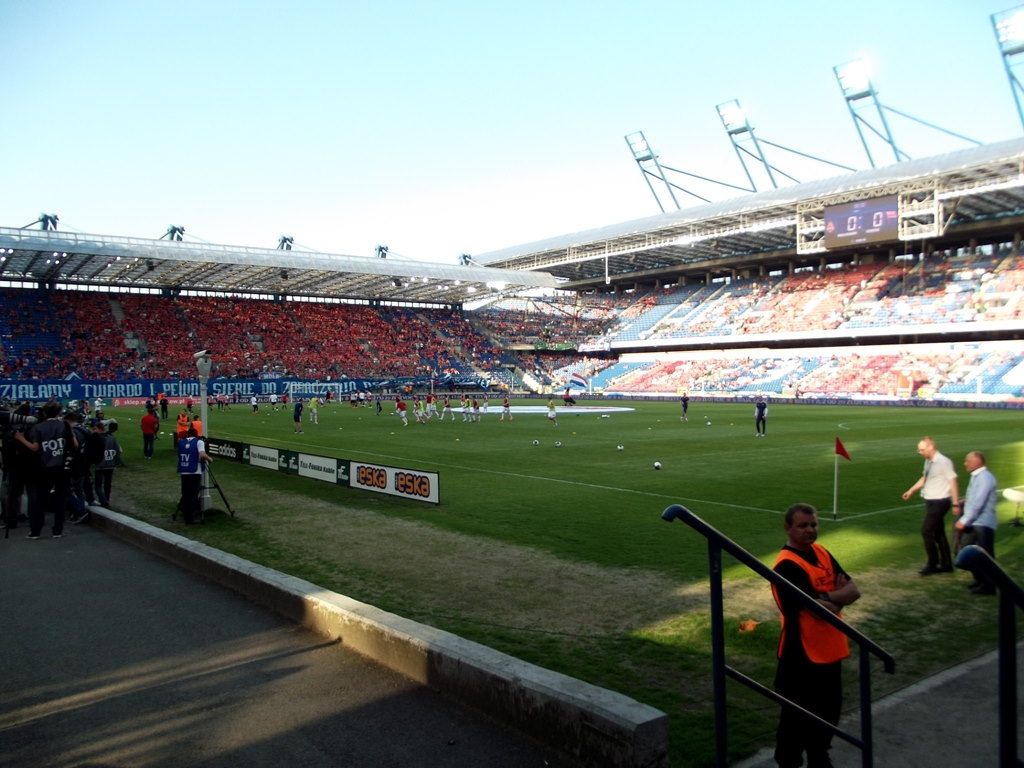
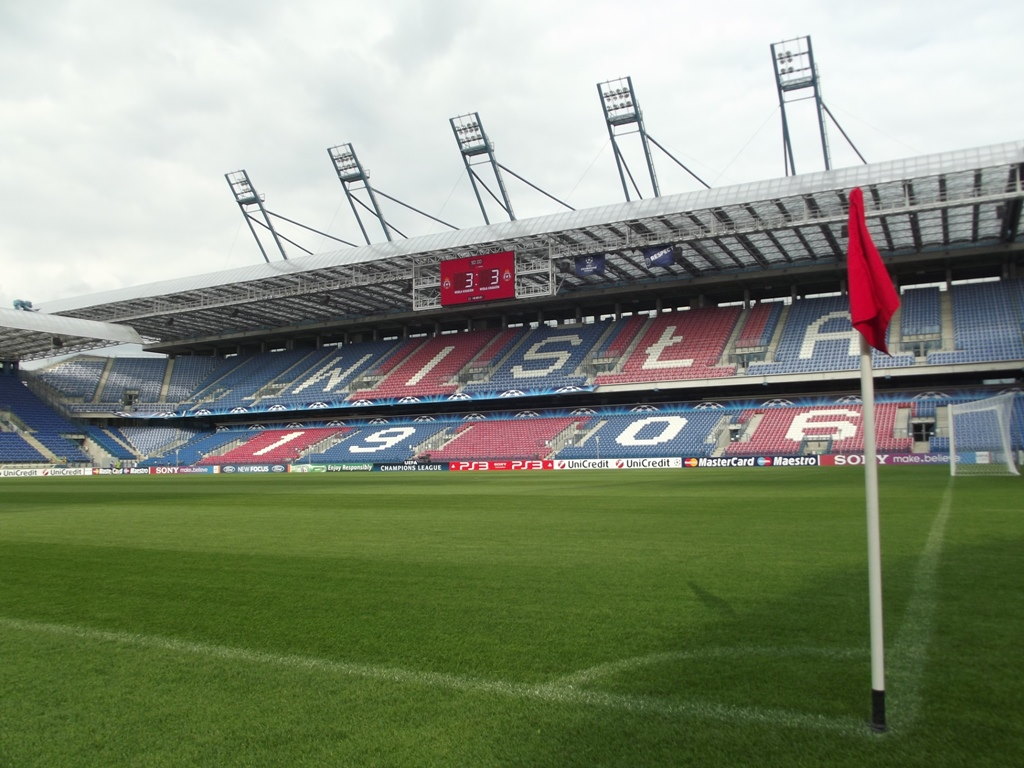
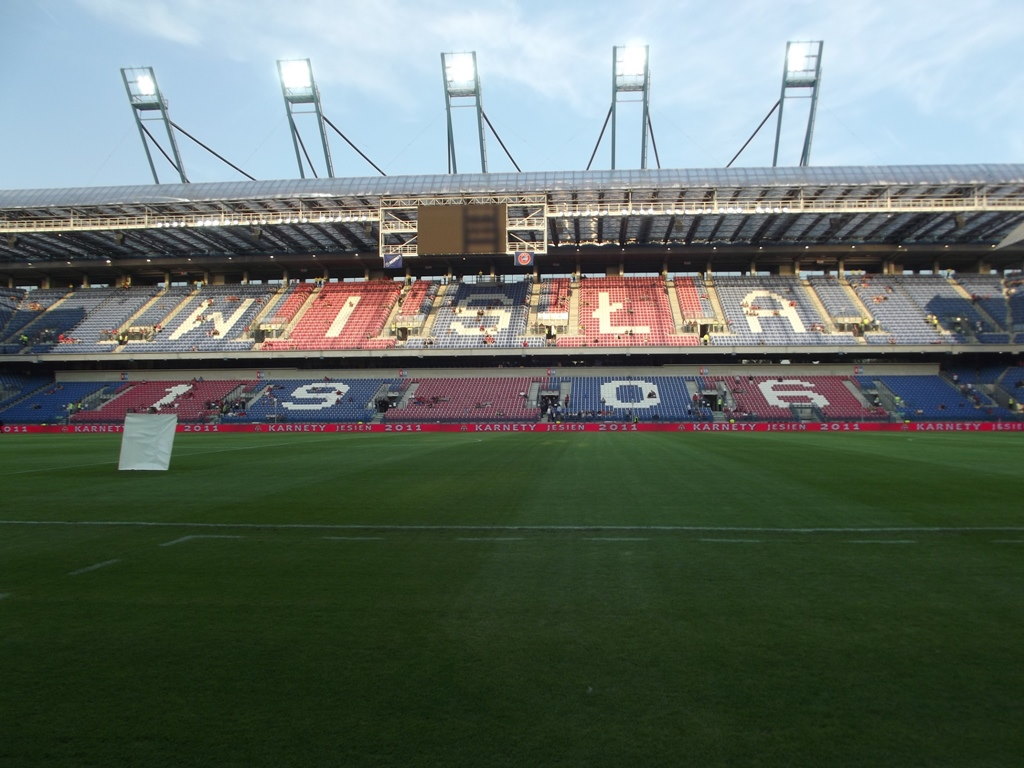
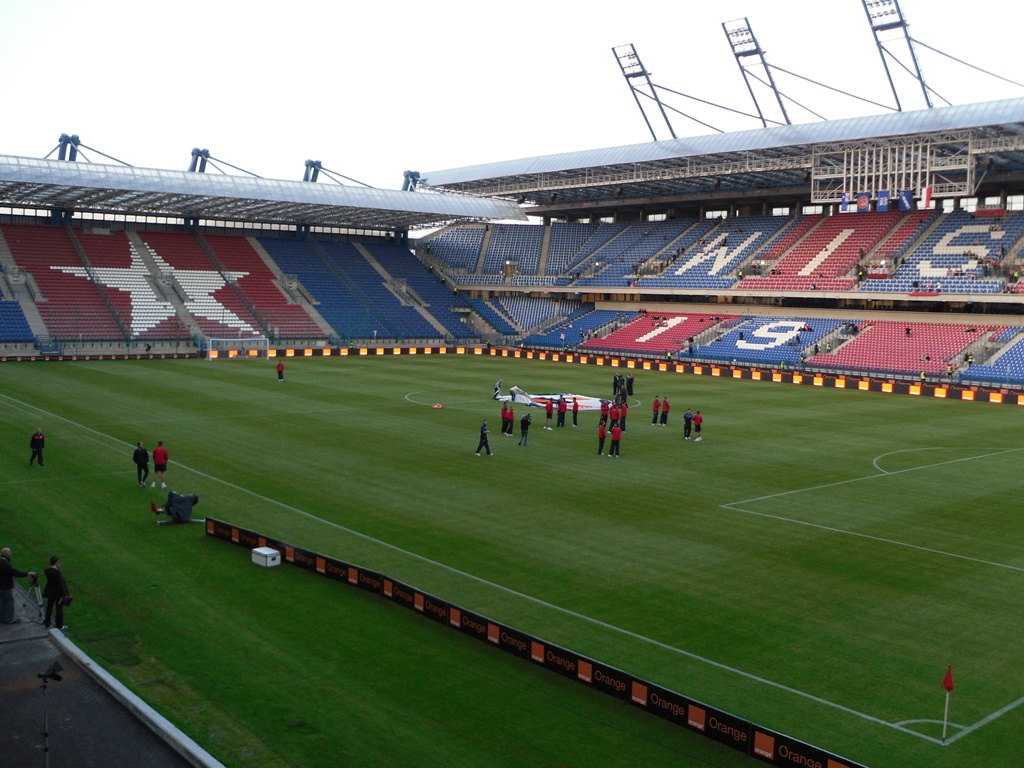
2 comments
I had to queue for over 80min to get to a ticket booth to be told that I need a fan card (ID) to be allowed to buy a ticket. Hen I was told that the office where you can get this fan card had allready been closed. So I couldn’t buy a ticket and wasted all afternoon. Gutted!
I went to watch Wisla against Piast a few weeks ago. The game itself was not the best show. Home supporters did not turn up, beacause they boycott the games at the moment. Atmosphere was bad, but the stadium is nice. Outside it looks like a prison as it is hidden behind a very tall fences. If you go to the game for the fisrt time you can buy ticket to any stand for 5zl( 1 pound). The walk from the city centre takes only about 20 minutes. Right accross the park is another stadium(of local rivals Cracovia), which is about 10 minute walk.